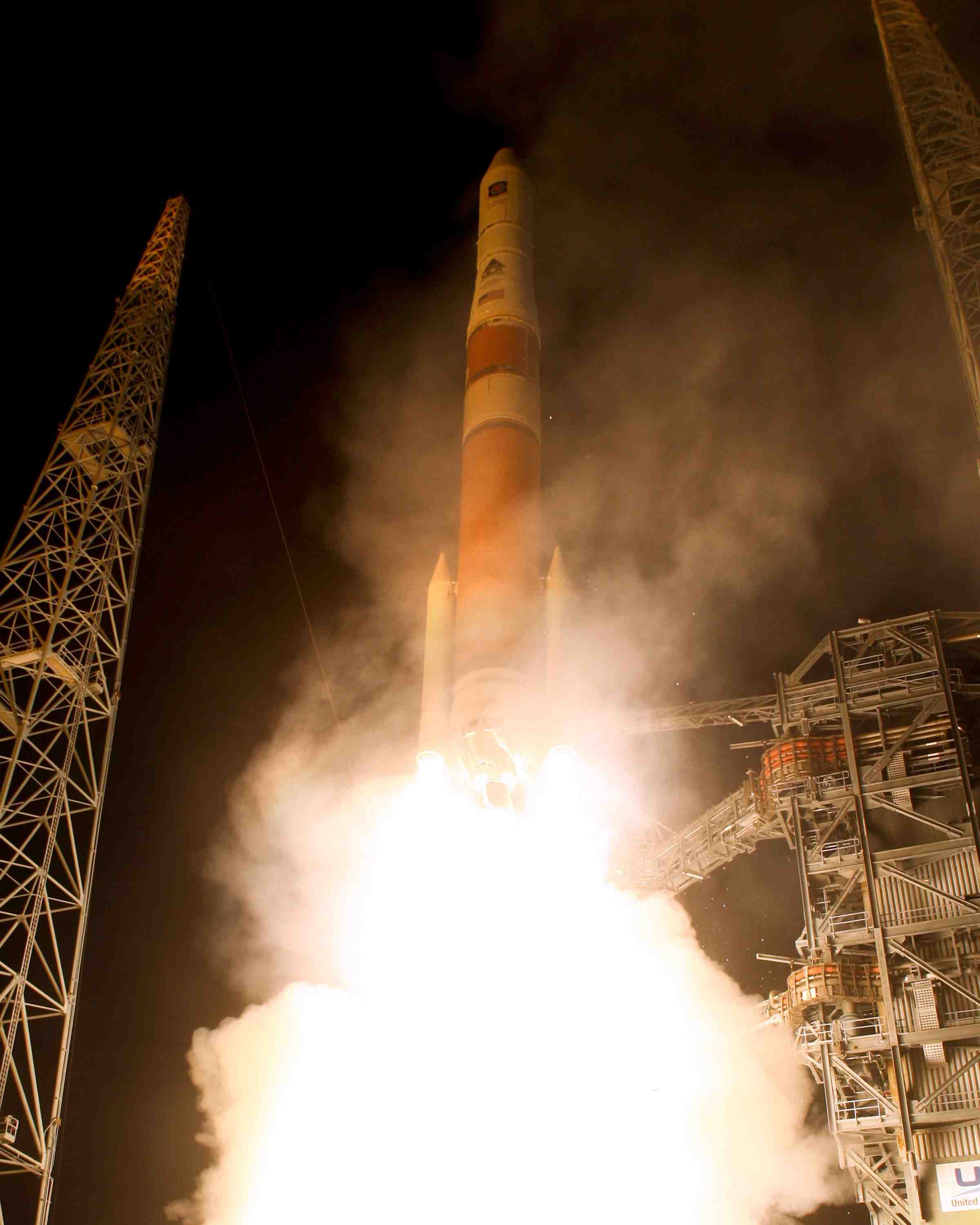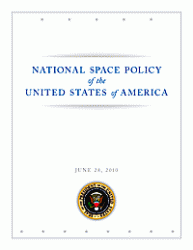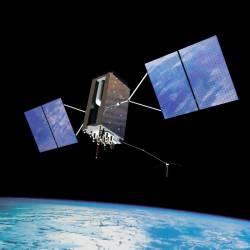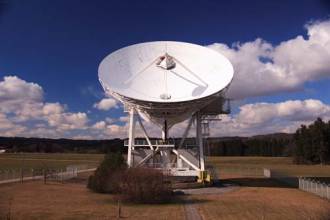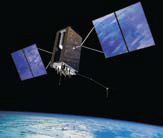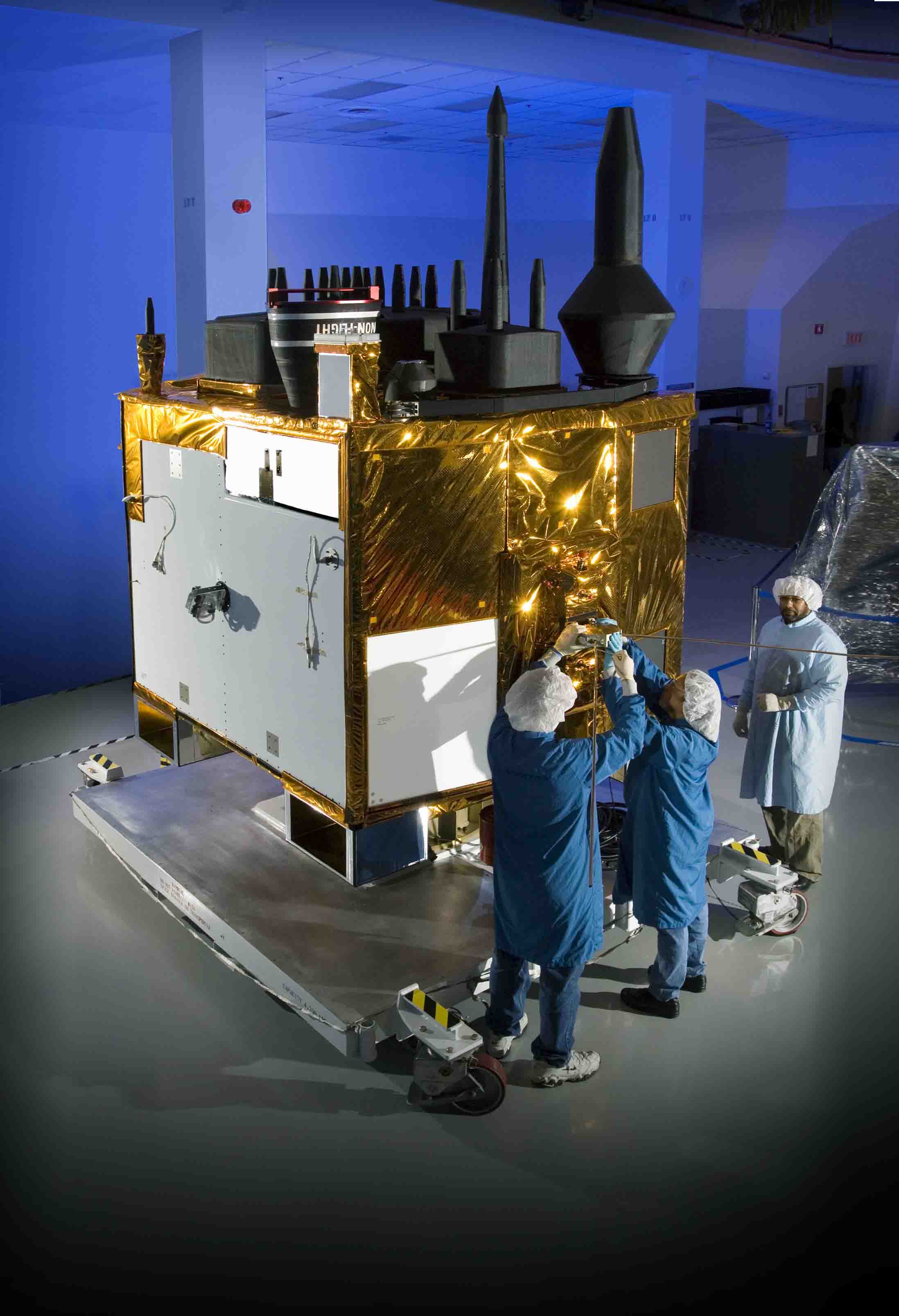Help from Above
During flight testing, Boeing technical personnel have historically used a differential GPS (DGPS) system as the position truth reference for validating various production systems on the airplane. The majority of those tests occur on or near remote runways to capture specific environmental conditions.
By Inside GNSS


